Cooperative learning is as much a skill for students to develop as it is a reflection on how we work and interact in group situations. Here are some ideas.
Get Started for FREE
Sign up with Facebook Sign up with X
I don't have a Facebook or a X account
 Your new post is loading... Your new post is loading...
 Your new post is loading... Your new post is loading...

Linda Ashida's curator insight,
October 6, 2014 9:38 AM
A great variety of practical ideas and resources for engaging students in learning with technology, including: Incorporate Student Input and Gather Feedback Gamify It Let Students Create Get Interactive Have Students Collaborate Project Based Learning Simulations Bring in a Guest or Two

Kate JohnsonMcGregor's curator insight,
March 25, 2014 10:04 AM
This is helpful as a philosophical vision - how to rethink our teaching to effectively integrate the inquiry process. Love it! 
Rosemary Tyrrell, Ed.D.'s curator insight,
March 25, 2014 2:32 PM
This post includes some strategic suggestions on how to make PBL more meaningful for your students.

Christopher Resetar's curator insight,
February 13, 2014 12:00 PM
Like other comments on this scoop, I really like this article, especially items #1 and #2. I really like those options because they are unconventional options that I still think would provide an appropriate level of challenge for the students as well as provide an alternative form of just a simple pencil and paper exam. I think option #1 is more feasible for elementary school because it would allow students to work on skills that are more age appropriate like consolidation of information and looking for quality source material.
Ruby Day's curator insight,
February 14, 2014 3:45 PM
Sounds like some great ideas to stimulate critical thinking 
Audrey's curator insight,
March 5, 2014 6:51 PM
All 5 assessment methods involves students leading the learning. Asking the students questions based on their reading of the topic helps their analytical skills and allows them to be in charge of their learning.

Lauren Yachera's curator insight,
February 19, 2014 2:48 PM
Useful links when it comes to coming up with a great PBL for the classroom. This website will be incredibly useful in the future! 
Danielle Howard's comment,
February 20, 2014 7:25 PM
Website that offers links to find PBL ideas. This will be great resource to use when struggling to come up with a project for students' interests.

JennaMRyan's curator insight,
November 27, 2013 3:04 PM
http://www.edudemic.com/a-detailed-visual-guide-to-distributed-project-based-learning/
I really like this resources because it shows where students are getting information for their projects. The projects are learned through resources that are distributed across many different fields, websites, and search engines. This allows students to engage in many different types of content curation sites. Google and skype are a few examples of resources. The visual is broken up into instant learning and coalitious segments showing how some sites are good for overlapping purposes. This is an interesting view of PBL sources. |

Linda Ashida's curator insight,
October 11, 2014 10:20 AM
This is a great post. Key ideas to use driving questions, tap into student passion and inspire meaningful learning. 
Lisa Norris's curator insight,
October 12, 2014 1:24 PM
Grabbing their attention in the beginning with great questions will give them the stamina to grapple with the inquiry process later.

Heather MacDonald's curator insight,
December 19, 2013 2:32 PM
Teaching tools in a "tech culture" - even in the classroom...maybe especially in the classroom our teaching tools adapt in order to teach children best practices in organization and learning skills.
Erica Strain's curator insight,
August 24, 2018 8:55 PM
Technology tools to help you get organized in the classroom

Melissa Jenkins 's curator insight,
November 16, 2013 9:03 AM
Good visual as to how we should be shifting learning. |





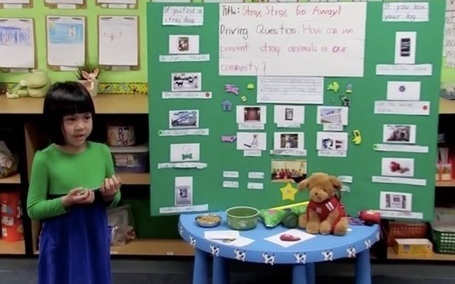
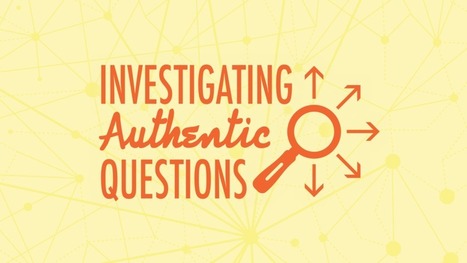
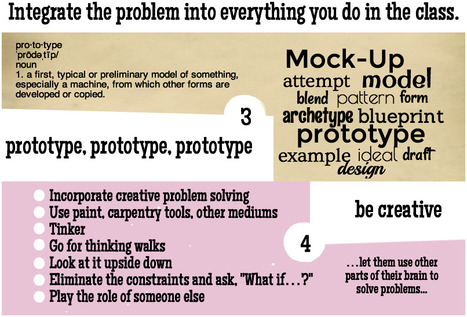
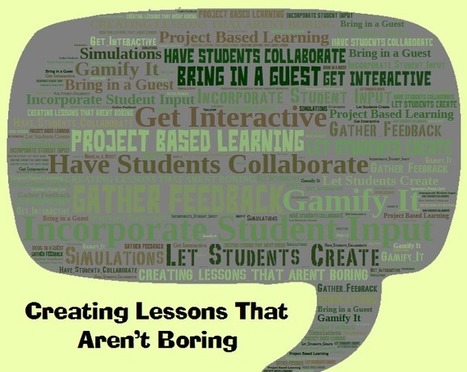

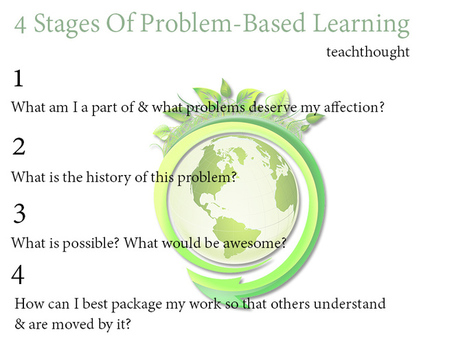
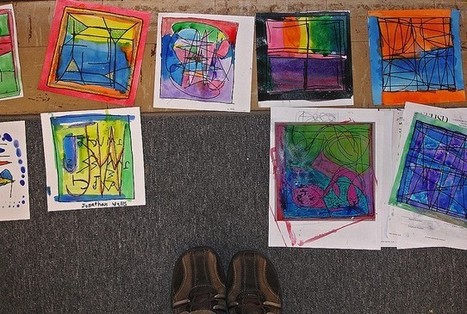
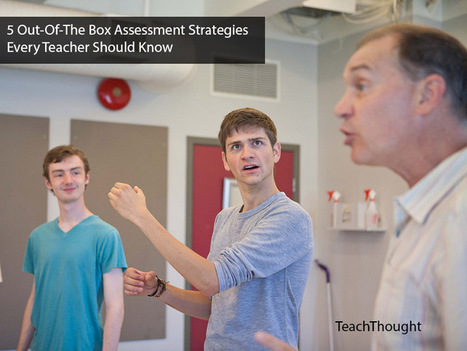
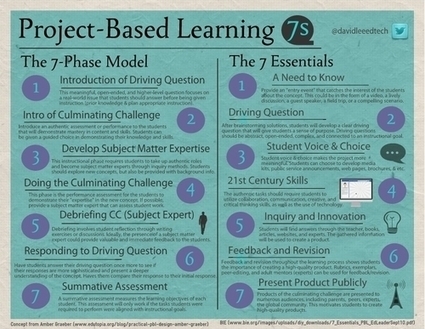
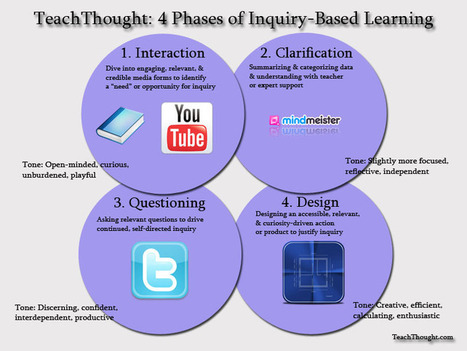



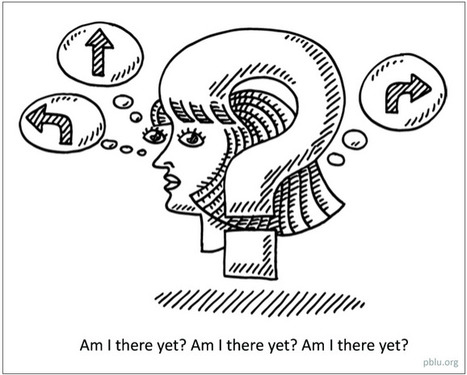


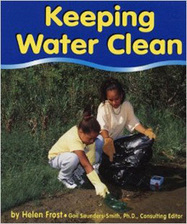

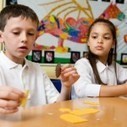
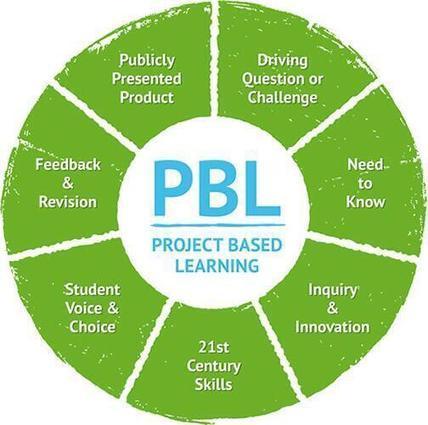



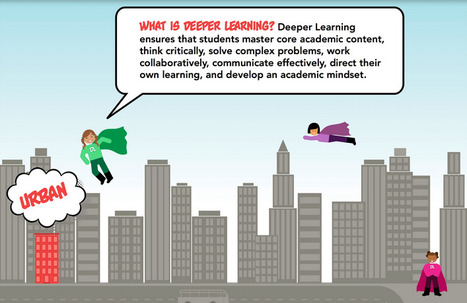







Clear and concise graphic of Collaborative learning strategies.